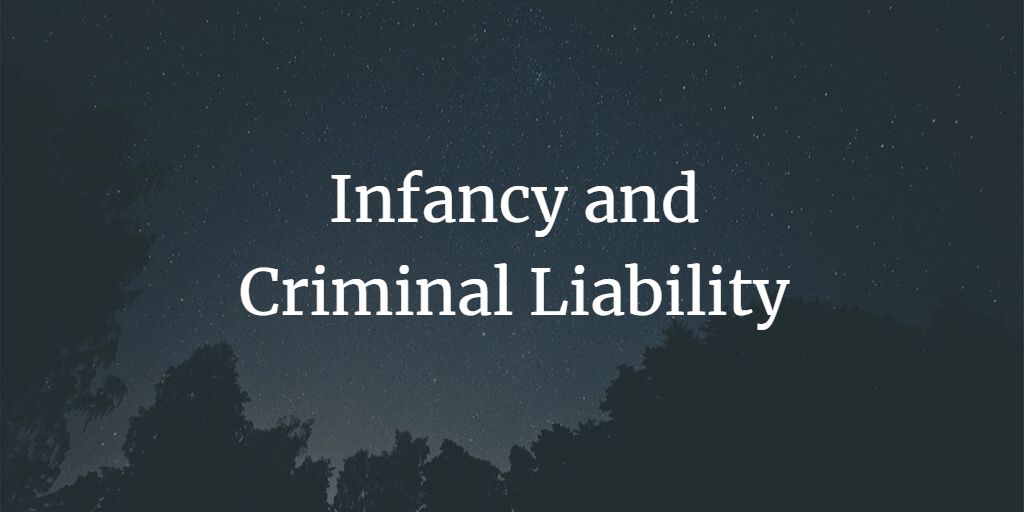Infancy and Criminal Liability: In light of Juvenile Justice (Care and Protection) Act, 2015

The Juvenile Justice (Care and Protection) Act, 2015, is a crucial piece of legislation that governs the treatment of juvenile offenders in India. This blog post will delve into the relationship between infancy and criminal liability under the Act, and analyze its implications on the juvenile justice system.
Table of Contents
Introduction to the Juvenile Justice Act, 2015
Age of Criminal Responsibility
Treatment of Juvenile Offenders
Challenges and Criticisms
Conclusion
1. Introduction to the Juvenile Justice Act, 2015
The Juvenile Justice (Care and Protection) Act, 2015 (JJ Act) is the primary legislation in India that deals with the treatment and rehabilitation of children in conflict with the law. The Act aims to provide a child-friendly approach to the adjudication and disposition of matters related to juveniles, striking a balance between reformation and punishment.
2. Age of Criminal Responsibility
Under the JJ Act, the age of criminal responsibility is set at 18 years. Children below this age are considered incapable of forming criminal intent and are thus exempt from criminal liability. However, the Act makes an exception for children aged between 16 and 18 years who are accused of committing heinous offenses. In such cases, the Juvenile Justice Board (JJB) may decide to try the child as an adult, depending on factors such as the child's mental and physical capacity and the circumstances of the case.
3. Treatment of Juvenile Offenders
The JJ Act outlines a two-fold approach to the treatment of juvenile offenders, depending on the severity of the offense:
Children in conflict with the law: For children accused of petty offenses and serious offenses, the focus is on their rehabilitation and reintegration into society. The JJB may order counseling, community service, or release the child on probation, among other measures.
Children accused of heinous offenses: For children aged between 16 and 18 years accused of heinous offenses, the JJB may transfer the case to a Children's Court, which can try the child as an adult. However, even if the child is convicted, they will not be sentenced to life imprisonment or the death penalty.
4. Challenges and Criticisms
The JJ Act has faced several challenges and criticisms, such as:
Arbitrary age limit: Critics argue that the age of criminal responsibility is arbitrary and does not accurately reflect a child's mental and emotional maturity.
Inconsistency in implementation: The implementation of the JJ Act varies across states, leading to inconsistency in the treatment of juvenile offenders.
Lack of resources: The juvenile justice system often lacks the necessary resources, such as trained personnel and infrastructure, to effectively rehabilitate and reintegrate juvenile offenders.
5. Conclusion
The Juvenile Justice (Care and Protection) Act, 2015, plays a vital role in addressing the issue of criminal liability among children in India. While it has made significant strides in ensuring a child-friendly approach to juvenile justice, there is still much work to be done. It is crucial to address the challenges and criticisms surrounding the Act and its implementation to ensure that the best interests of the child are safeguarded and that juvenile offenders have the opportunity to reform and reintegrate into society.


